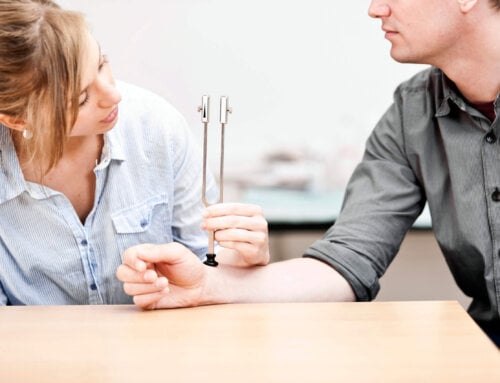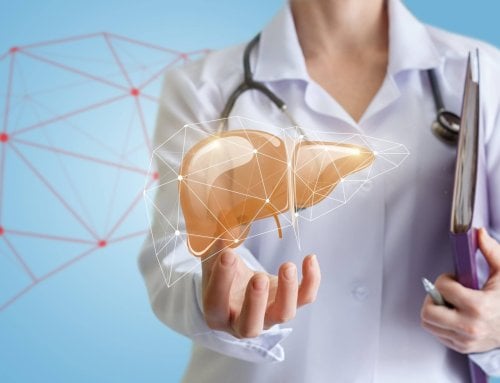The country has recently been hit with some tough weather including tornadoes and flooding. We are hopeful that as the summer season progresses, more sunshine will be available for outdoor activities. Skin care is especially important when you have diabetes since sun burn can be even more difficult to treat, due to reduced healing capabilities. Being prepared for the intense sun with proper skin care can make summertime safer and more enjoyable!
Since more research keeps tying diabetes to cancer I thought this was an important subject. Being prepared for the summer sun will hopefully guide you in making summertime safer and more fun.
- Skin cancer is the most common cancer in the United States. It is on the rise with one in five Americans developing skin cancer in their lifetime. More skin cancer is diagnosed than lung, colon, breast and prostate combined. Basal cell is the most common and thankfully the most curable. The second most common is squamous cell and the most lethal form is melanoma. Luckily, most of these cancers are highly preventable and they have a 98% recovery rate. New rules by the FDA are going to make choosing sunscreen, make-up, moisturizers and tanning products simpler. Until now, sun screen SPF only measured UVB which was the culprit that mainly caused sunburn and some forms of cancer. More important is the UVA radiation which is what penetrates more deeply, is around all year long and causes long term skin damage, wrinkles, brown spots, aging as well as most skin cancers. With the FDA making changes you should be looking for ‘Broad Spectrum’ labeling which protects against both UVA and UVB. The new label will also indicate that a minimum of SPF 15 and higher can actually reduce your risk of skin cancer – not just sunburn. Those sunscreens that carry an SPF of 2-14 will have different labeling and warnings. Try to stick to SPF 30 or 45 when you really plan a day outdoors. The constant in the sunscreen debate is still how often it is reapplied (should be every 2 hours, even more when you are in the water), as well as using the proper amounts (a shot glass or 1 ounce per application). Labeling should make it easier for the consumer. Lotions are still more powerful than pump sprays since they tend to cover and stick to the skin better. If you prefer sprays, consider a spray that is oil free and uses a continuous spray. Another tip is to look for mineral based or sunscreens that contain zinc oxide or micronized titanium dioxide. These products are friendlier to sensitive skin than chemical sunscreens. Sunscreen will also now be labeled as water resistant instead of waterproof or sweat proof. Remember to treat lips with balms that have SPF; plain lip gloss will attract the sun even more and cause burned lips. Finally, consider a rash guard – a long or short sleeve shirt made of spandex and nylon treated with a sun protector. Any pretreated clothing guarding against the sun’s rays offer an added benefit. Try to grab a wide brim hat. Hats should be made from straw or tightly woven fabrics like canvas with a 3-4 inch brim. Men need to wear hats as well.
- Hair and scalp are at risk for damage from the sun. The sun will dry out your hair, change the texture and strip the color. If you are not willing to wear a hat, then consider using a sun shield mist spray or a hair mask with UV filters. Even wetting the hair with tap water prior to exposing to chlorine can help protect the hair. Men or women with thinning hair or bald scalp areas should apply sunscreen directly to scalp and hair part to prevent getting a burn with long term damage.
- Adequate sunglasses must be part of summer time protection. People with diabetes are more at risk for cataracts and sun exposure creates a bigger incidence of cataracts. When you wear dark glasses without UV protection your pupils actually dilate and allow more light in which is worse than no sunglasses at all. Glasses should contain 99-100% UV protection. If you are not sure you can take them to an eye glass store or optician to check. The color or tint of the lens is not as important as the UV protection it provides. You do not need to pay a high price for sunglasses. You can purchase sunglasses for $5-10 that offer 99-100% protection or fancy expensive ones with 50% UV protection. The bigger the better because they will block more sun. Consider wrap around glasses which really protect the sides of your eyes and face.
- Although the above information is the way to go for sun protection there are some foods which may help protect the skin. Included are hot green tea (antioxidants which reduce inflammation), sweet potatoes (contains Vitamin A and C which may support collagen and reduce cancer risk), tomatoes (lycopene – neutralizes free radicals that can increase aging; pureed or cooked tomatoes seem to be the most protective), and walnuts (packed with Omega-3’s which can decrease the anti-inflammatory response).
- If you do end up with a sunburn, try cool baths, ice packs and hydrocortisone cream to reduce inflammation; think aspirin or ibuprofen for pain relief. Oatmeal baths or Aloe Vera cooled in the refrigerator can help. Stay super hydrated, drinking lots of water to prevent dehydration.
Remember to have your annual skin cancer screening from the dermatologist. Be on the lookout for any changes in moles or sores that do not heal. With some planning and care you can prevent summer skin problems from the sun!
NOTE: Consult your Doctor first to make sure my recommendations fit your special health needs.












Leave A Comment